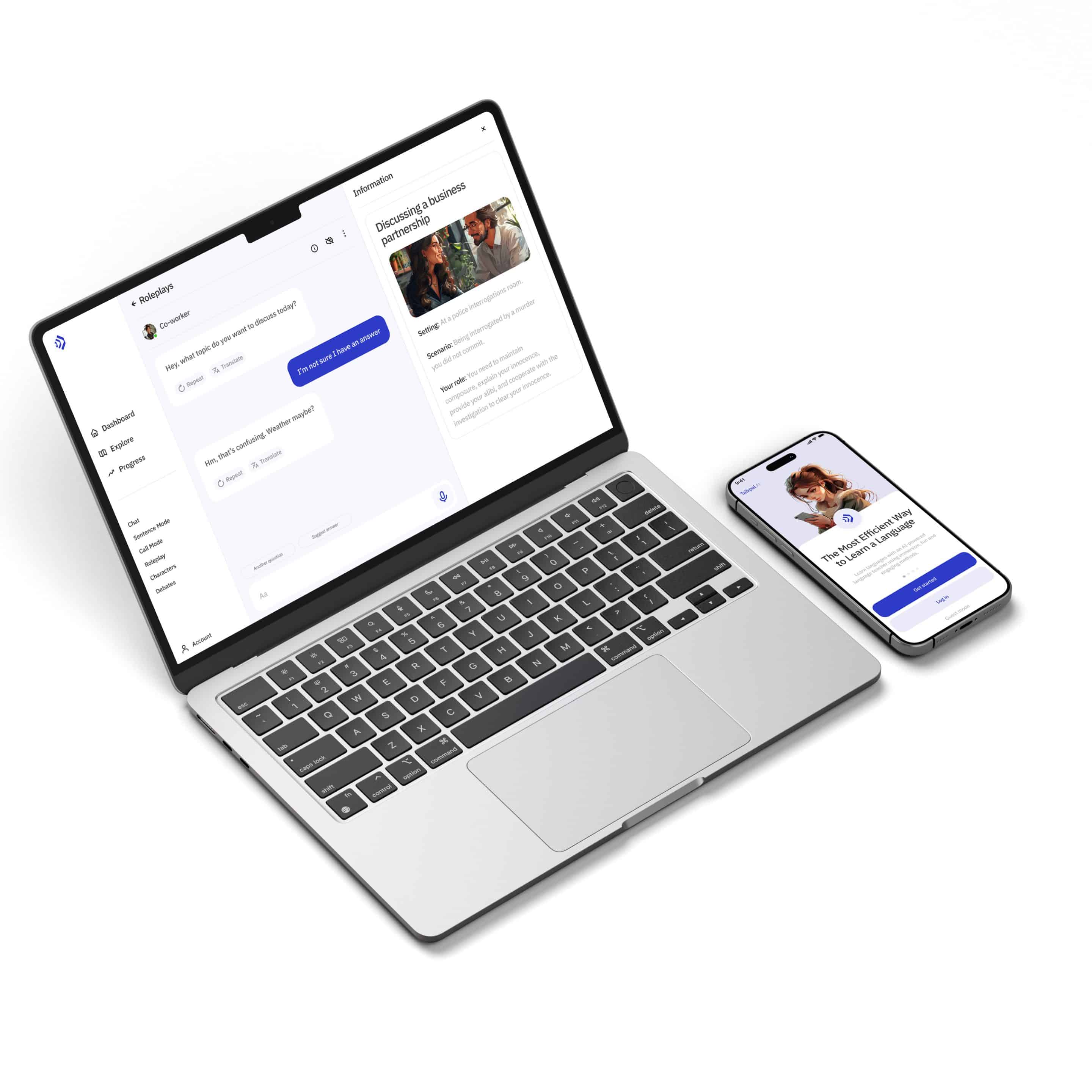In the realm of language learning, mastering the use of time markers can significantly enhance your fluency and comprehension. Time markers are crucial linguistic tools that help us situate events in time, giving our sentences clarity and precision. In this article, we will delve into the usage of time markers, with a particular focus on the Korean marker “에” (pronounced as “e”). This exploration will not only benefit those learning Korean but also provide insights into the general concept of time markers across languages.
Understanding Time Markers
Time markers are words or particles that indicate the specific time when an action occurs. They can denote points in time (e.g., “at 3 PM”), durations (e.g., “for two hours”), frequencies (e.g., “every day”), and sequences (e.g., “after dinner”). By incorporating time markers into your speech or writing, you provide your audience with a clearer picture of the temporal context of your actions or events.
In English, time markers are quite straightforward. Words like “on,” “at,” “in,” and “by” serve this purpose:
– “I will meet you at 5 PM.”
– “She works on Mondays.”
– “They arrived in the morning.”
– “Finish the project by next week.”
Each of these prepositions provides a different kind of temporal information. However, other languages may use different systems or particles to indicate time.
The Korean Time Marker “에”
In Korean, the time marker “에” is widely used to denote specific points in time. It is akin to the English prepositions “at,” “on,” and “in,” depending on the context. Here are some examples to illustrate its use:
– “저는 3시에 만나요.” (I meet at 3 PM.)
– “그는 월요일에 일해요.” (He works on Monday.)
– “우리는 아침에 도착했어요.” (We arrived in the morning.)
As you can see, “에” is quite versatile and can be used with hours, days, and broader timeframes like morning or evening. To use “에” correctly, it’s essential to understand the types of time expressions it can accompany and the nuances it brings to the sentence.
Using “에” with Specific Times
When specifying an exact time, such as hours or minutes, “에” functions similarly to the English “at.” Here are some examples:
– “저는 7시에 일어나요.” (I wake up at 7 AM.)
– “수업은 2시 30분에 시작해요.” (The class starts at 2:30 PM.)
In these sentences, “에” directly follows the time expression, clearly indicating when the action takes place.
Using “에” with Days and Dates
Just as “에” can specify hours, it can also be used with days of the week and calendar dates, much like the English “on.” For instance:
– “우리는 토요일에 영화를 볼 거예요.” (We will watch a movie on Saturday.)
– “그는 5월 15일에 태어났어요.” (He was born on May 15th.)
In these examples, “에” follows the day or date, pinpointing the exact time the event occurs.
Using “에” with Broader Timeframes
“에” is also employed with broader timeframes such as parts of the day, months, and seasons. Here, it functions similarly to the English “in.” Consider these examples:
– “저는 아침에 운동해요.” (I exercise in the morning.)
– “우리는 여름에 바다에 가요.” (We go to the beach in the summer.)
– “그는 3월에 이사할 거예요.” (He will move in March.)
In each case, “에” helps to situate the action within a larger temporal context.
Comparing “에” with Other Korean Time Markers
While “에” is a primary time marker in Korean, it’s not the only one. Other markers like “부터” (from), “까지” (until), “동안” (during), and “전에” (before) play significant roles in denoting time. Understanding how these markers interact with “에” can provide a fuller picture of temporal expressions in Korean.
“부터” (From) and “까지” (Until)
“부터” and “까지” are used to indicate the start and end of a period, respectively. When combined with “에,” they offer precise temporal boundaries:
– “수업은 9시부터 11시까지 있어요.” (The class is from 9 AM to 11 AM.)
– “저는 월요일부터 금요일까지 일해요.” (I work from Monday to Friday.)
Here, “부터” and “까지” provide clear start and end points, framing the duration within which the action occurs.
“동안” (During)
“동안” is used to express the duration of an action. It can be combined with “에” to specify the timeframe within which the duration falls:
– “저는 방학 동안 여행할 거예요.” (I will travel during the vacation.)
– “그는 여름 동안 일해요.” (He works during the summer.)
In these examples, “동안” denotes the span of time over which the action occurs.
“전에” (Before) and “후에” (After)
To indicate actions occurring before or after a specific time, “전에” and “후에” are used:
– “저는 점심 전에 공부해요.” (I study before lunch.)
– “그는 퇴근 후에 운동해요.” (He exercises after work.)
These markers help situate actions relative to specific points in time, providing a temporal sequence.
Common Mistakes and How to Avoid Them
When learning to use time markers like “에,” it’s easy to make mistakes. Here are some common errors and tips on how to avoid them:
Omitting “에” When Needed
One common mistake is forgetting to use “에” when specifying a time. For example:
– Incorrect: “저는 7시 일어나요.”
– Correct: “저는 7시에 일어나요.” (I wake up at 7 AM.)
Always remember to include “에” after the time expression to indicate when the action occurs.
Overusing “에” with Unnecessary Time Expressions
Another mistake is using “에” with time expressions where it’s not needed. For instance:
– Incorrect: “저는 매일에 운동해요.”
– Correct: “저는 매일 운동해요.” (I exercise every day.)
In this case, “에” is unnecessary because “매일” (every day) already provides the temporal context.
Confusing “에” with Other Markers
It’s also easy to mix up “에” with other time markers, such as “동안” or “부터.” For example:
– Incorrect: “저는 방학에 여행할 거예요.”
– Correct: “저는 방학 동안 여행할 거예요.” (I will travel during the vacation.)
Ensure you choose the appropriate marker based on the temporal context you wish to convey.
Practical Tips for Mastering Time Markers
To effectively master the use of time markers like “에,” consider the following practical tips:
Practice with Real-Life Scenarios
One of the best ways to internalize time markers is to use them in real-life scenarios. Practice talking about your daily routine, upcoming plans, or past events, incorporating time markers into your sentences. For example:
– “저는 아침에 일어나서 운동해요.” (I wake up in the morning and exercise.)
– “우리는 다음 주에 여행할 거예요.” (We will travel next week.)
By practicing with real-life examples, you can reinforce your understanding and usage of time markers.
Engage with Native Content
Engaging with native content such as movies, TV shows, news articles, and conversations can help you see how time markers are used naturally. Pay attention to how speakers use “에” and other time markers in different contexts. Try to mimic their usage and incorporate it into your own speech.
Use Language Learning Apps and Tools
Many language learning apps and tools offer exercises and activities focused on time expressions. Utilize these resources to practice and reinforce your understanding of time markers. Apps like Duolingo, Memrise, and Anki can provide targeted practice and help you track your progress.
Seek Feedback from Native Speakers
Interacting with native speakers and seeking their feedback can be invaluable. They can correct your mistakes, provide insights into natural usage, and help you refine your skills. Language exchange partners, tutors, and conversation clubs are excellent resources for this purpose.
Conclusion
Mastering the use of time markers is a vital step in becoming proficient in any language. In Korean, the marker “에” plays a crucial role in specifying when actions occur, whether at specific times, on particular days, or within broader timeframes. By understanding how to use “에” and other time markers correctly, you can enhance the clarity and precision of your communication.
Remember to practice regularly, engage with native content, utilize language learning tools, and seek feedback from native speakers. With dedication and effort, you will become more confident and fluent in your use of time markers, making your language skills more robust and effective. Happy learning!








